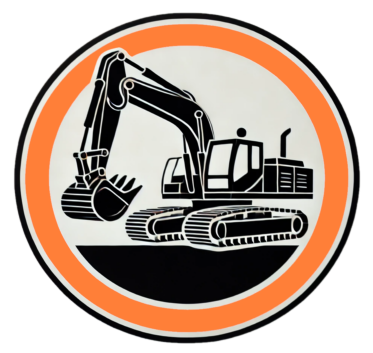Septic Mound Systems in Delaware, Ohio
Be Ohio designs, installs, and maintains septic mound systems approved by the Delaware Public Health District. From soil evaluation to final inspection, we make sure your home meets Ohio’s sewage treatment code requirements and stays worry-free for years to come.
- ✅ Licensed and registered with the Delaware Public Health District
- ✅ Designs compliant with Ohio Administrative Code 3701-29
- ✅ Soil evaluations coordinated with county sanitarians
- ✅ Local Delaware County septic experts
When is a Mound System Needed?
The Delaware Public Health District requires a soil evaluation before approving any new septic system. A mound system is recommended when the soil cannot properly absorb wastewater due to:
- • High groundwater levels
- • Shallow bedrock or restrictive clay layers
- • Limited space for a traditional leach field
In these cases, a mound system provides a safe, engineered solution that meets health code standards.
Our Septic Mound System Services
- Soil Evaluations: We coordinate with licensed soil evaluators and the health district to determine if your property qualifies for a mound system.
- Permit & Design: Complete septic system design and submission to the Delaware Public Health District for approval.
- Installation: Professional construction of your mound system, including tanks, pumps, sand fill, and distribution lines.
- Final Inspection: Work directly with health inspectors to ensure your system passes code requirements.
- Maintenance Programs: Ongoing care to extend system life and prevent costly failures.
Delaware County Septic Code in Plain English
The Delaware Public Health District enforces the rules found in Ohio Administrative Code 3701-29. For mound systems, this means:
- • A soil evaluation by a registered soil scientist is required before approval.
- • At least 12 inches of suitable soil must be maintained between the bottom of the mound and any limiting layer (like clay or bedrock).
- • Wastewater must be pumped and pressure-distributed evenly across the mound for proper treatment.
- • Final plans must be approved and inspected by the health department before use.
Homeowner Maintenance for a Mound System
Owning a mound system means you play a role in keeping it healthy. The Delaware Public Health District requires systems to be maintained to prevent failures. Here are key steps:
- Pump your septic tank every 2–3 years: Prevent solids from clogging your mound.
- Keep heavy equipment off the mound: Driving or parking on it can crush pipes and compact soil.
- Direct surface water away: Keep rain gutters, sump pumps, and drainage ditches from running over the mound.
- Protect the turf cover: Grass helps absorb water and prevents erosion—never cover with trees or shrubs.
- Service the pump and controls: Check alarms, floats, and electrical components annually.
Tip: The health district may require an operation and maintenance agreement—ask us how we can handle this for you.
Delaware County Mound System FAQs
Do I need a soil evaluation?
Yes. The Delaware Public Health District requires a soil evaluation before approving any septic system, including mounds.
Who approves my system?
All septic permits and inspections are handled by the Delaware Public Health District under Ohio Administrative Code 3701-29.
How long does a mound system last?
With proper pumping, lawn care, and pump maintenance, mound systems can last 20–30 years.
What happens if I don’t maintain it?
Neglect can cause backups, surfacing sewage, and even fines from the health department.
Need Help With a Mound System in Delaware County?
Whether you’re planning a new build or maintaining your current system, Be Ohio works directly with the Delaware Public Health District to keep your septic mound system safe, compliant, and long-lasting.
Call Now: (614) 695-0933
Written and verified by Be Ohio’s licensed septic system professionals. We work daily with the Delaware Public Health District to ensure every system we install or service is fully compliant with Ohio code.
